-
 Bitcoin
Bitcoin $111300
-0.83% -
 Ethereum
Ethereum $4296
-0.28% -
 XRP
XRP $2.970
-0.28% -
 Tether USDt
Tether USDt $0.0000
0.01% -
 BNB
BNB $876.7
-0.13% -
 Solana
Solana $216.7
0.50% -
 USDC
USDC $0.9998
0.01% -
 Dogecoin
Dogecoin $0.2424
1.50% -
 TRON
TRON $0.3345
0.88% -
 Cardano
Cardano $0.8635
0.03% -
 Hyperliquid
Hyperliquid $53.38
5.54% -
 Chainlink
Chainlink $23.07
0.27% -
 Ethena USDe
Ethena USDe $1.001
0.02% -
 Sui
Sui $3.463
-0.21% -
 Stellar
Stellar $0.3738
-0.33% -
 Bitcoin Cash
Bitcoin Cash $578.5
-1.51% -
 Avalanche
Avalanche $26.00
2.07% -
 Hedera
Hedera $0.2276
0.77% -
 UNUS SED LEO
UNUS SED LEO $9.548
0.02% -
 Cronos
Cronos $0.2597
2.73% -
 Litecoin
Litecoin $112.0
-0.64% -
 Toncoin
Toncoin $3.089
-0.29% -
 Shiba Inu
Shiba Inu $0.00001285
-0.10% -
 Polkadot
Polkadot $4.098
1.54% -
 Uniswap
Uniswap $9.484
-0.88% -
 Ethena
Ethena $0.8361
8.06% -
 Dai
Dai $0.9998
0.01% -
 Monero
Monero $269.5
-0.68% -
 World Liberty Financial
World Liberty Financial $0.1994
-4.02% -
 Aave
Aave $299.1
-1.29%
Is a candlestick with a real candlestick body breaking through the upper Bollinger Band a buying opportunity?
A strong close above the upper Bollinger Band signals bullish momentum, especially with high volume and on-chain confirmation, but requires broader context to avoid false breakouts.
Sep 09, 2025 at 08:54 pm

Understanding the Bollinger Band Breakout
1. The Bollinger Bands consist of a middle band, typically a 20-period simple moving average, and two outer bands that represent standard deviations from the mean price. When price action moves beyond the upper band, it signals strong momentum in that direction. A candlestick closing above the upper band with a substantial real body indicates aggressive buying pressure.
2. Traders often interpret such breakouts as signs of overbought conditions, but they can also reflect powerful bullish sentiment. In trending markets, especially during news-driven surges or macroeconomic catalysts, prices may remain outside the bands for extended periods. This behavior challenges the traditional assumption that such movements are unsustainable.
3. The size and structure of the candlestick matter. A large green body breaking upward suggests conviction among buyers. If accompanied by high trading volume, the signal gains credibility. Conversely, a small body or long wick might indicate hesitation, even if the close is above the band.
4. Context within the broader market structure plays a crucial role. Breakouts occurring after consolidation phases or at key support levels carry more weight than those appearing during choppy or sideways price action. Evaluating recent volatility compression before the breakout helps assess the strength behind the move.
Interpreting the Real Body Significance
1. The real body of a candlestick reflects the difference between opening and closing prices. A large real body extending beyond the upper Bollinger Band demonstrates sustained demand throughout the trading period. This contrasts with candles that have long upper shadows, which suggest rejection at higher levels.
2. A full-bodied bullish candle piercing the upper band often precedes continued upside momentum, particularly when aligned with increasing on-chain activity or rising exchange inflows into spot markets. Such patterns are closely monitored by algorithmic systems programmed to detect breakout confirmation.
3. In highly leveraged environments like perpetual futures, extended bodies can trigger cascading liquidations of short positions, fueling further upward acceleration. This dynamic amplifies the initial breakout, turning what might seem like an overextended move into a self-reinforcing rally.
4. Market makers adjust their hedging strategies following such events, often shifting delta exposure toward long positions. This behavioral shift reinforces price stability above the band, reducing the likelihood of immediate reversion.
Risks and Counter-Signals
1. Not every breakout leads to continuation. Many occur near local tops where euphoria drives prices past statistical norms before sharp reversals unfold. These false breakouts trap optimistic traders who enter without confirming follow-through.
2. Divergence between price and momentum indicators like RSI or MACD can warn of weakening strength despite the visual impression of power. A candle breaking the upper band while showing bearish divergence should be approached with caution.
3. In low-liquidity altcoin markets, spoofing and wash trading can artificially inflate breakout appearances, creating traps for retail participants relying solely on technical overlays. On-chain data and order book depth provide essential context missing from chart patterns alone.
4. Timeframe dependency influences interpretation. A daily close above the upper band carries more significance than a single tick breach on a one-minute chart. Multi-timeframe analysis ensures alignment across different investor horizons.
Common Questions
What does a close above the upper Bollinger Band imply for Bitcoin specifically?A close above the upper band in Bitcoin’s weekly chart often coincides with halving cycle peaks or institutional adoption waves. It reflects extreme confidence but requires confirmation through stable volume and declining miner selling pressure.
Can Bollinger Band breakouts be used in sideways markets?In ranging conditions, breakouts frequently result in quick reversions. Mean reversion strategies tend to outperform trend-following approaches here. Prices exceeding the bands act more as reversal signals than continuation triggers.
How do funding rates affect breakout sustainability?Elevated positive funding rates during a breakout suggest excessive long leverage. This creates vulnerability to liquidation cascades if price stalls. Sustainable moves usually exhibit moderate funding, indicating balanced positioning.
Should traders use Bollinger Bands alone for entry decisions?Relying solely on Bollinger Bands increases risk of misinterpretation. Combining them with volume profiles, on-chain metrics, and order flow analysis improves accuracy. No single indicator captures the full market structure.
Disclaimer:info@kdj.com
The information provided is not trading advice. kdj.com does not assume any responsibility for any investments made based on the information provided in this article. Cryptocurrencies are highly volatile and it is highly recommended that you invest with caution after thorough research!
If you believe that the content used on this website infringes your copyright, please contact us immediately (info@kdj.com) and we will delete it promptly.
- Cardano, Ethereum, and Hoskinson: Navigating the Crypto Landscape
- 2025-09-10 02:25:14
- Bitcoin Price Stays Steady as Whales Eye Rollblock's Accumulation Growth
- 2025-09-10 02:25:14
- Bitcoin, Solana, Ethereum: Navigating the Crypto Landscape in 2025
- 2025-09-10 02:30:12
- VivoPower, Tembo, and RLUSD: Driving Innovation in Electric Vehicles with Blockchain Finance
- 2025-09-10 02:45:12
- Render Price Chart Analysis: Is a Double-Digit Comeback on the Horizon?
- 2025-09-10 02:45:12
- Dogecoin ETF Buzz Fuels Price Surge: To the Moon?
- 2025-09-10 02:30:12
Related knowledge
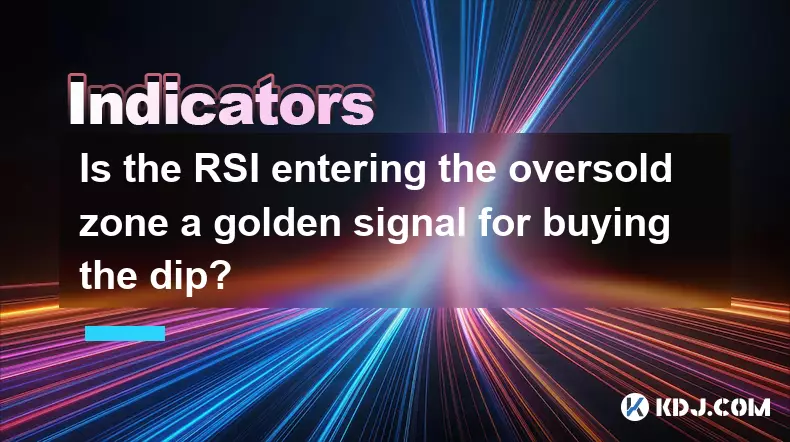
Is the RSI entering the oversold zone a golden signal for buying the dip?
Sep 09,2025 at 02:55pm
Understanding the RSI and Its Role in Crypto Trading1. The Relative Strength Index (RSI) is a momentum oscillator widely used in the cryptocurrency ma...
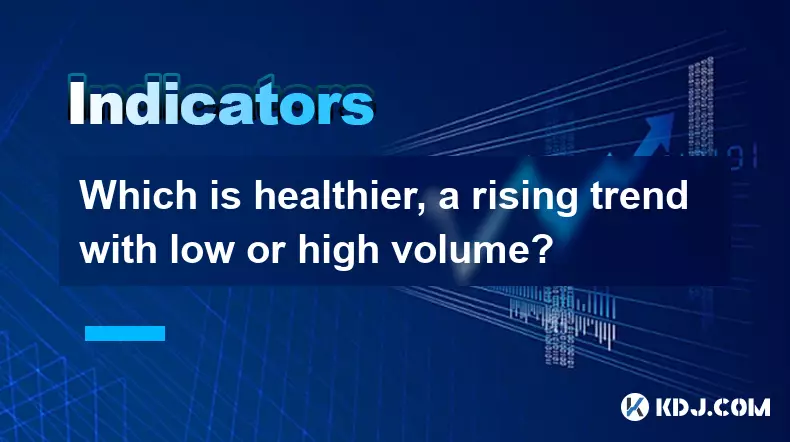
Which is healthier, a rising trend with low or high volume?
Sep 09,2025 at 04:00pm
Understanding Volume in Market Trends1. Volume serves as a critical indicator when analyzing the strength of a rising trend in cryptocurrency markets....
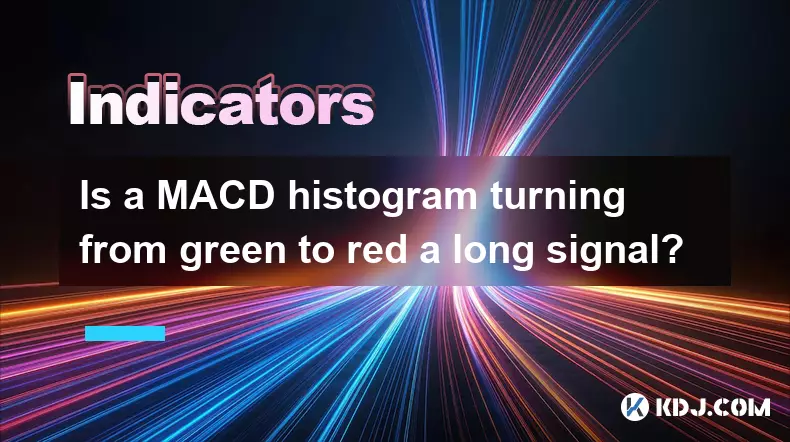
Is a MACD histogram turning from green to red a long signal?
Sep 09,2025 at 01:54pm
Understanding the MACD Histogram in Crypto Trading1. The MACD (Moving Average Convergence Divergence) histogram is a visual representation of the diff...
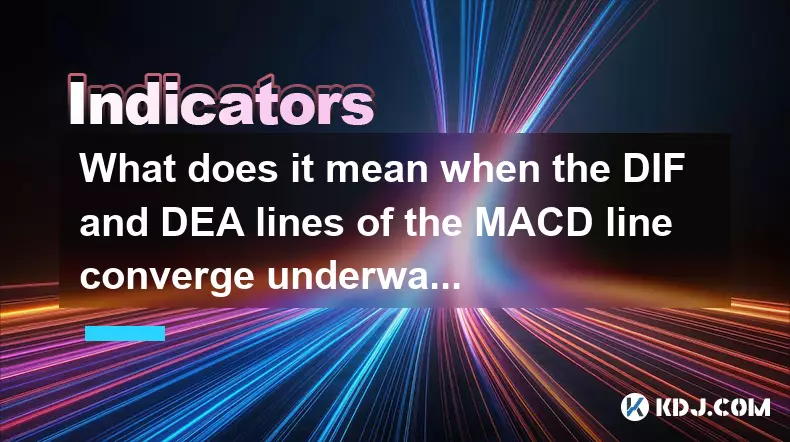
What does it mean when the DIF and DEA lines of the MACD line converge underwater?
Sep 09,2025 at 07:55am
Understanding MACD Components in Bearish Territory1. The MACD indicator consists of three elements: the DIF (Difference), DEA (Signal line), and the M...
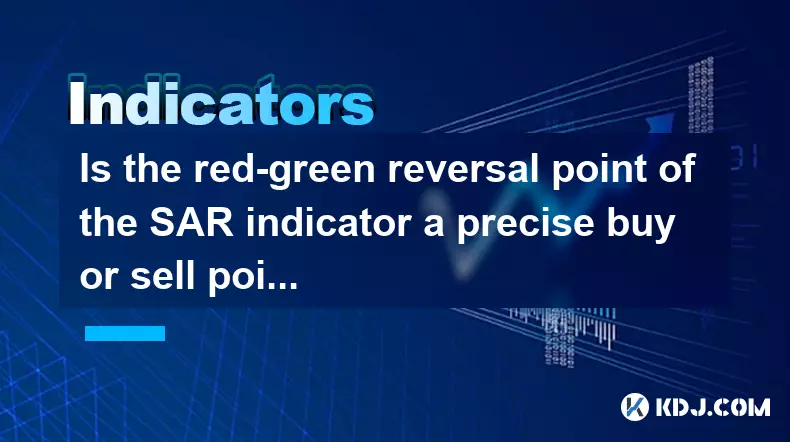
Is the red-green reversal point of the SAR indicator a precise buy or sell point?
Sep 09,2025 at 11:18am
Understanding the SAR Indicator in Cryptocurrency TradingThe SAR (Stop and Reverse) indicator, developed by J. Welles Wilder Jr., is a popular tool us...
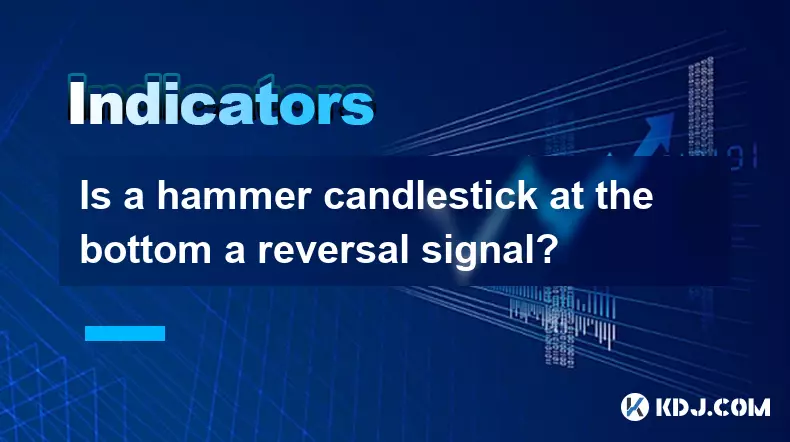
Is a hammer candlestick at the bottom a reversal signal?
Sep 10,2025 at 01:01am
Understanding the Hammer Candlestick Pattern1. The hammer candlestick is a single-candle formation that typically appears at the end of a downtrend. I...

Is the RSI entering the oversold zone a golden signal for buying the dip?
Sep 09,2025 at 02:55pm
Understanding the RSI and Its Role in Crypto Trading1. The Relative Strength Index (RSI) is a momentum oscillator widely used in the cryptocurrency ma...

Which is healthier, a rising trend with low or high volume?
Sep 09,2025 at 04:00pm
Understanding Volume in Market Trends1. Volume serves as a critical indicator when analyzing the strength of a rising trend in cryptocurrency markets....

Is a MACD histogram turning from green to red a long signal?
Sep 09,2025 at 01:54pm
Understanding the MACD Histogram in Crypto Trading1. The MACD (Moving Average Convergence Divergence) histogram is a visual representation of the diff...

What does it mean when the DIF and DEA lines of the MACD line converge underwater?
Sep 09,2025 at 07:55am
Understanding MACD Components in Bearish Territory1. The MACD indicator consists of three elements: the DIF (Difference), DEA (Signal line), and the M...

Is the red-green reversal point of the SAR indicator a precise buy or sell point?
Sep 09,2025 at 11:18am
Understanding the SAR Indicator in Cryptocurrency TradingThe SAR (Stop and Reverse) indicator, developed by J. Welles Wilder Jr., is a popular tool us...

Is a hammer candlestick at the bottom a reversal signal?
Sep 10,2025 at 01:01am
Understanding the Hammer Candlestick Pattern1. The hammer candlestick is a single-candle formation that typically appears at the end of a downtrend. I...
See all articles
























































































